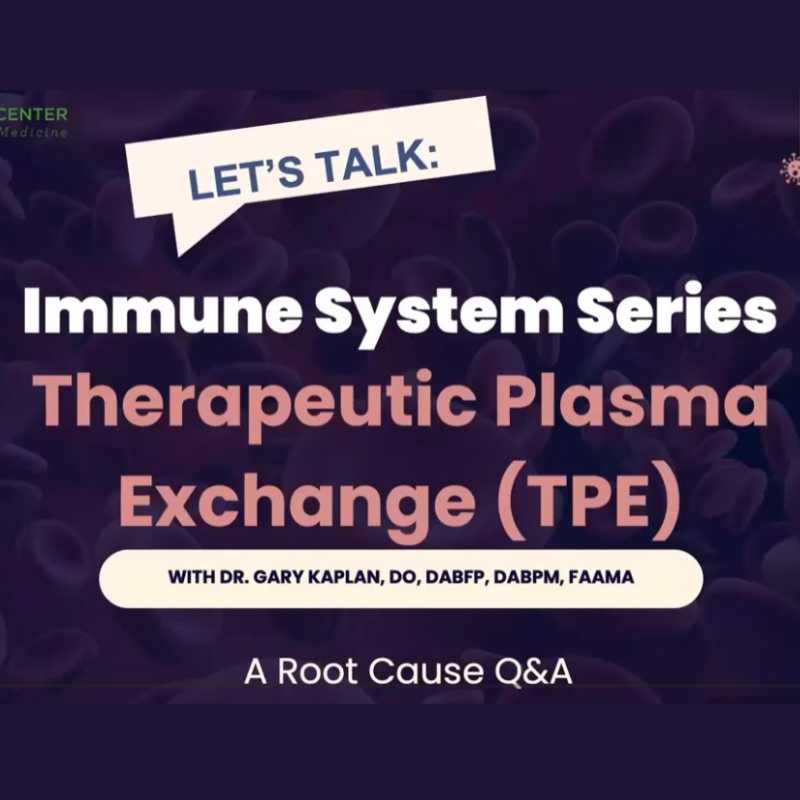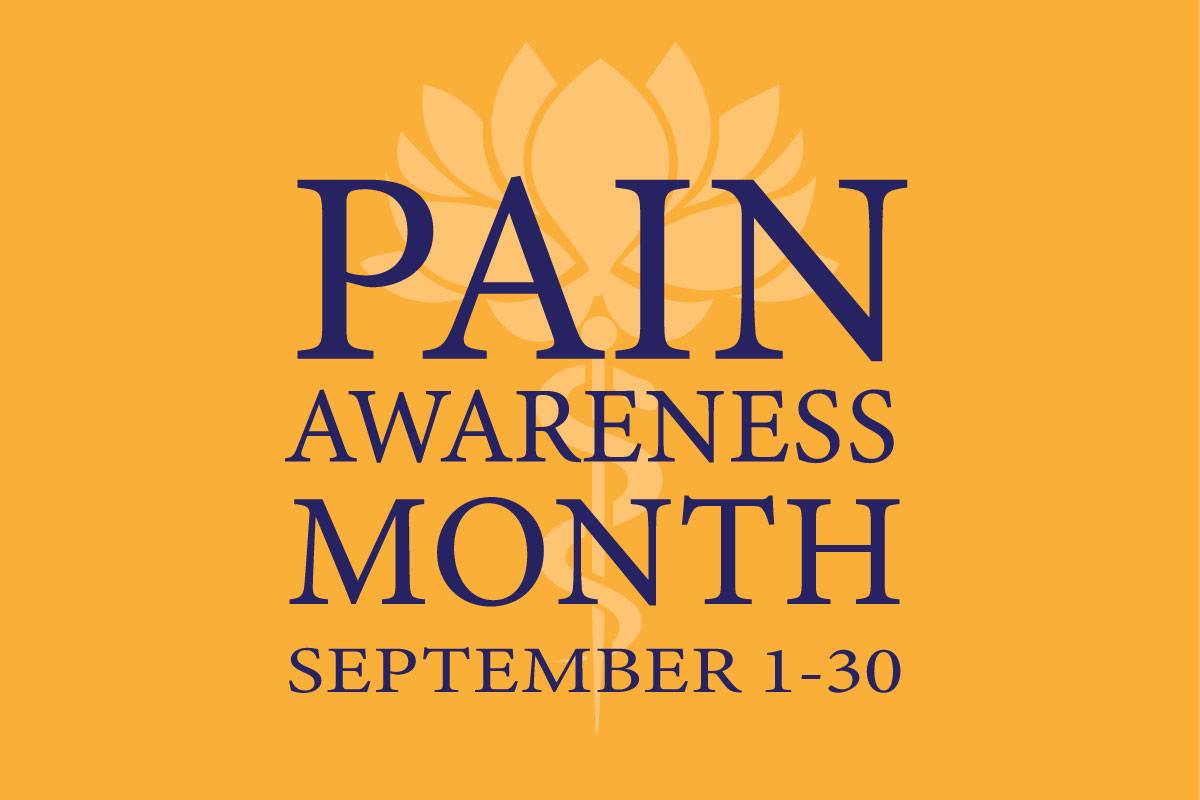
5 Ways We Can Keep Your Immune System Strong
December 10, 2025/by Kaplan Center
Want to Take Your Workout to the Next Level Next Year? These Tips Can Help
December 8, 2025/by Kaplan Center
Dr. Kaplan’s Dos and Don’ts of the Holiday Season
December 3, 2025/by Kaplan Center
Let’s Talk Webinar – A Root Cause Q&A
December 2, 2025/by Kaplan Center
Navigating Holiday Meals with Gut Issues: Simple Tips for a Comfortable Season
December 1, 2025/by Chardonée Donald, MS, CBHS, CHN, CNS, LDN
Craniosacral Therapy for TMJ | Say Goodbye to the Daily Grind
November 19, 2025/by Patricia Alomar, M.S., P.T.
From Compassionate Care to Personal Healing: A Letter to My Patients
November 18, 2025/by Kaplan Center
8 Steps to a Healthier Gut—and a Longer, Healthier Life
November 18, 2025/by Kaplan Center
Mid-Life Irritability & Fatigue Improved by Hormonal Balancing
November 13, 2025/by Lisa Lilienfield, MD
From Challenges to Change: Dr. Kaplan on Healthcare’s Biggest Challenges
October 29, 2025/by Kaplan Center
Overlooked Dangers of Mold Exposure and How to Stay Safe – Dr. Kaplan Talks to WUSA9
October 27, 2025/by Kaplan Center
Let’s ‘Fall’ Into Wellness: A Nutritionist-Approved Immune-Boosting Recipe for Cold and Flu Season
October 13, 2025/by Chardonée Donald, MS, CBHS, CHN, CNS, LDN
PANS/PANDAS – When Sudden Symptoms Signal Something More
October 9, 2025/by Kaplan Center
Beating Burnout, A Nutritionist’s Perspective
October 1, 2025/by Chardonée Donald, MS, CBHS, CHN, CNS, LDN
3 Things That Can Happen After Stopping GLP-1s
September 11, 2025/by Chardonée Donald, MS, CBHS, CHN, CNS, LDN
What Families Need to Know About COVID and Flu Season
September 3, 2025/by Kaplan Center
September is Pain Awareness Month
September 1, 2025/by Kaplan Center
Dr. Kaplan Spoke to Northern Virginia Magazine About COVID, Flu, and Immunity — Here’s What You Should Know
August 14, 2025/by Kaplan Center
“Why Do I Feel Like Crap?”: The Overlap Between Long COVID and Perimenopause
July 30, 2025/by Kaplan Center
Why People Are Turning to EMDR (and Why You Might Want to Too)
July 23, 2025/by Kaplan CenterAre you looking to improve your overall wellness?
Personalized care you can trust.
Our integrative, non-surgical treatment approach is highly successful in maintaining wellness and also treating chronic pain and illness. For more than 30 years, we have delivered superior, cutting-edge health care in the Washington, DC area.
QuickLinks
Contact Information
Tel: 703-532-4892
Fax: 703-237-3105
6829 Elm Street, Suite 300
McLean, Virginia 22101
Map It
Hours of Operation
Mon – Thu : 8 am – 5 pm, ET
Fri : 8 am – 12 pm, ET
The Dark(er) Side of Dark Chocolate
/in Long Covid, Nutrition, Toxicity/by Kaplan CenterWhile we’ve come to love dark chocolate and all its benefits, a Consumer Reports (CR) article published in December 2022 found that there are reasons to be careful and evaluate what we’re consuming. Testing results showed that 23 of 28 bars had potentially harmful levels of either cadmium or lead or both when eating one ounce per day. Click here to view the article and CR’s findings.
About CR’s findings…
Consumer Reports’ researchers found that when testing for the presence of certain heavy metals, many popular brands of dark chocolate had dangerous levels of both lead and cadmium.
Lead and cadmium are environmental contaminants (along with mercury, arsenic, iron, aluminum, and several others) also referred to as heavy metals. Limited exposure is not typically harmful, but over time, repeated exposure can result in a toxic accumulation in the body and a variety of health issues.
Over the last fifty years, the Food and Drug Administration (FDA) has worked diligently to reduce the levels of toxins found in food, particularly in foods prepared for infants and children and pregnant women. There are no specific federal limits on the amount that most foods can contain, and the onus is on manufacturers to minimize or prevent exposure, however, the FDA may act in response to reports of elevated levels. Click here to read more about the FDA and environmental contaminants.
Does dark chocolate have real health benefits?
Dark chocolate has long been identified as a “super-food” and for good reason, the key is in the cocoa. Here are some of the proven benefits of dark chocolate:
In addition, a 2020 study published in Frontiers in Plant Science found that the flavan-3-olds found in dark chocolate are helpful in preventing the replication of the Covid-19 virus. Flavan-3-olds are a subtype of flavonoids (compounds with antioxidant properties) can also be found in certain teas and colorful fruits and vegetables.
Questions? Give Us a Call!
703-532-4892 x2
To help lower your risk of exposure we recommend that you:
Diagnosing and treating toxicity
When toxins enter the body, they hide out in “holding areas” in our tissue and can cause widespread inflammation. Some people are better at breaking down toxins and eliminating them, while others are not. Symptoms of toxicity can include cognitive issues, depression and mood swings, sleep disturbances, headaches, joint pain, or digestive issues.
If you believe you have been exposed to toxins and are experiencing symptoms that cannot be attributed to a specific health diagnosis, we encourage you to consider getting tested. Living with toxicity can not only cause its own symptoms but can slow down recovery from an existing health condition.
There are a variety of specialized tests that can detect the presence of toxins (including mycotoxins, heavy metals, infectious sources, food additives, pesticides, and other toxic chemicals). If a diagnosis is confirmed, medications, dietary changes, and nutritional supplements are the best methods of treatment. For more information, click here.
Additional references:
https://www.ncbi.nlm.nih.gov/pmc/articles/PMC6950163/
https://pubmed.ncbi.nlm.nih.gov/36452001/
https://pubmed.ncbi.nlm.nih.gov/11790962/
https://pubmed.ncbi.nlm.nih.gov/28439881/
http://www.ncbi.nlm.nih.gov/pubmed/21559039
Overcoming Long-Haul & Chronic Fatigue Syndrome – Free Online Summit
/in Event, Long Covid/by Kaplan CenterDr. Gary Kaplan was invited to participate in the upcoming free online summit, “Overcoming Long-Haul & Chronic Fatigue Syndrome.” Dr. Kaplan is one of over 50 experts of doctors, nurses, nutritionists and researchers – leaders in their fields – which includes long haul, Covid, chronic diseases, environmental toxicants, and allergies.
If you, or a loved one, are suffering from Long Haul, the lack of information and resources can feel overwhelming. Without a proper guide, online research can yield contradictory results and confusing takeaways. Furthermore, A trusted and reliable source to show you what the leading doctors on the field have to say is the only way forward. This is what this summit is for. This summit is being held on February 7-14, 2023 and is free and open to the public.
Click here for more information or to register.
Why you should register:
You will learn from the leading health authorities and experts in the world. Why? Their commitment to sharing their expertise with the rest of us has one purpose: to provide the actionable insights you need to finally step away from the earth-trembling tragedy of COVID-19.
Dr. Kaplan will be speaking on Day 5 on the topic “Rethinking ME/CFS As Immune Dysfunction Secondary To Infections”
Additional Summit Resources:
Immunity Secrets in a Post-COVID World
The ME/CFS and Long-Haul Connection
Summit Expert Speakers: Citations and Resources Guide
Meet Denita, Our Inaugural Employee of the Quarter!
/in News/by Kaplan CenterCongratulations to Office Manager, Denita Keys, our inaugural Employee of the Quarter!
Denita obtained her Master’s Degree in Business with a concentration in Healthcare Administration from CTU and considers herself a lifetime learner. Impressively, she also has her own interior design business, “Picture Perfect Decor,” that dips into her creative side. Denita loves to assist her clients with all their designing needs.
When she is not working, she loves teaching both youth and young adults at her church, and in the little spare time she has, she enjoys running and participating in road races throughout the DMV area. Denita will participate in this year’s Rock’n Roll Las Vegas Marathon in February, running as a St. Jude’s Hero. Good Luck Denita!